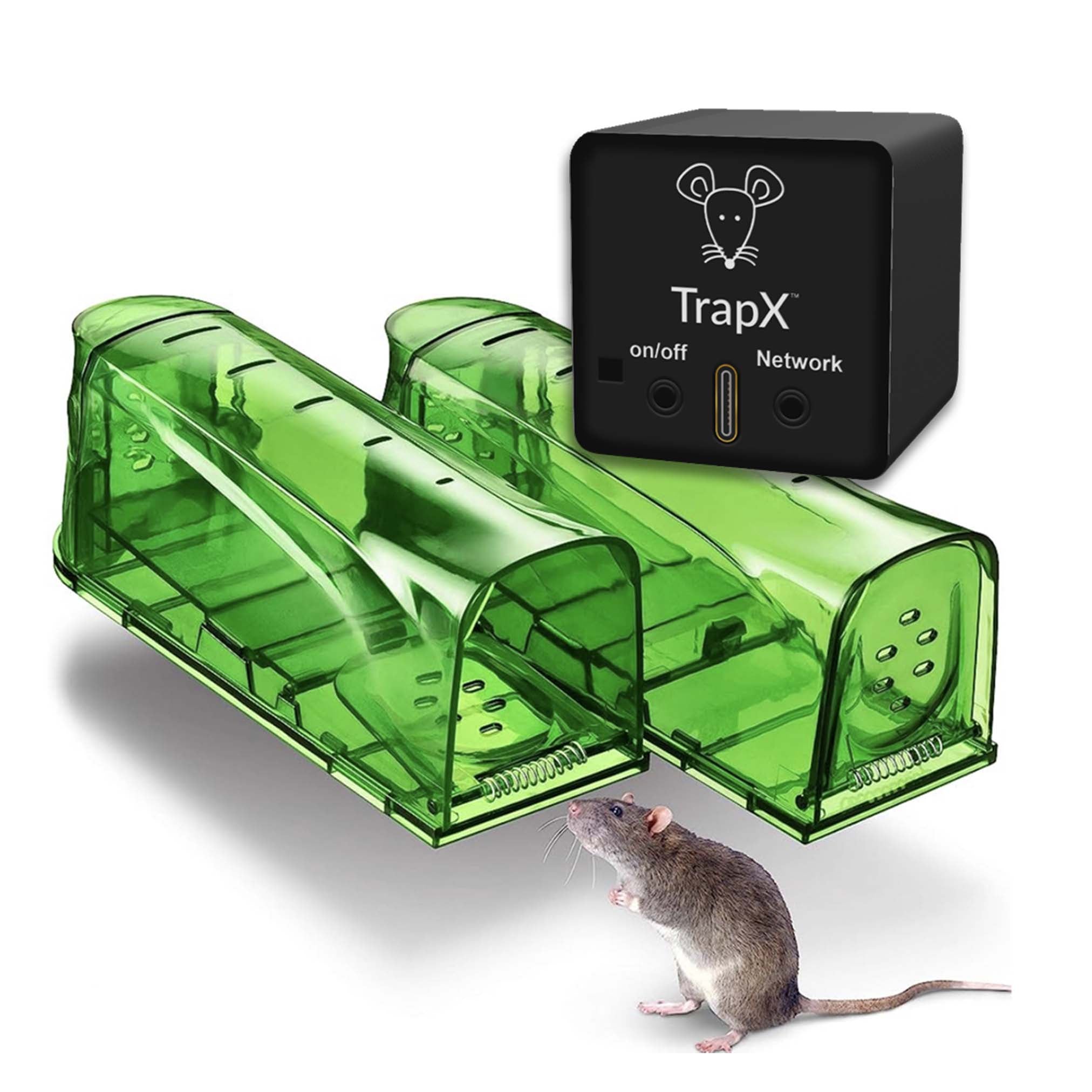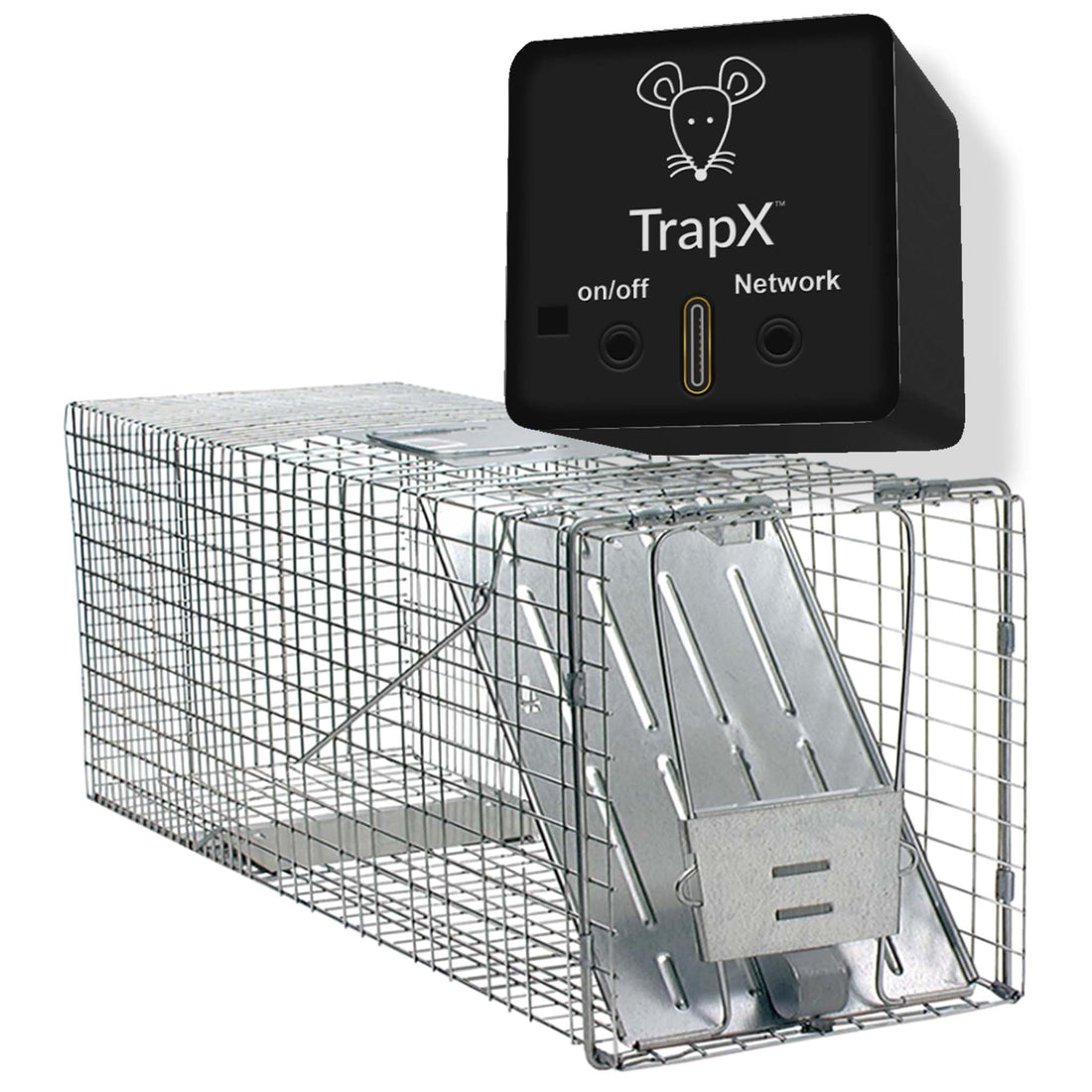The Marvels of Automated Rodent Detection: A Comprehensive Guide
Share
In todays world, technology has seamlessly integrated into every aspect of our lives, offering solutions that we never imagined possible. One such breakthrough is in the realm of pest management, specifically with automated rodent detection. This innovative approach is revolutionizing how we handle rodent infestations, providing not only efficiency but also humane and environmentally friendly solutions. Whether you are a homeowner troubled by unwelcome guests or a business seeking a proactive approach to pest control, automated rodent detection offers a promising solution.

Understanding Automated Rodent Detection
Automated rodent detection systems utilize advanced technology to identify and monitor rodent activity. These systems typically include sensors, cameras, and sometimes even artificial intelligence to detect the presence of rodents in real-time. The goal is to quickly identify any signs of infestation and take appropriate action before the situation escalates.

How It Works
The working mechanism of automated rodent detection systems can vary, but most involve a combination of motion sensors, heat sensors, and sometimes even ultrasonic detectors. These devices are strategically placed around potential entry points, such as basements, attics, and kitchens. When the sensors detect movement or heat signatures indicative of rodents, an alert is sent to the homeowner or pest control service. This allows for immediate action, significantly reducing the time rodents have to cause damage or spread disease.
Key Components
- Sensors and Cameras: These are the eyes and ears of the system, providing real-time data and images.
- Artificial Intelligence: Some systems use AI to analyze patterns and provide accurate identification, distinguishing between rodents and other moving objects.
- Alert Systems: Notifications are sent via email, SMS, or a dedicated app to inform the user of potential rodent activity.

Benefits of Automated Rodent Detection
Automated rodent detection systems offer numerous advantages over traditional methods:
- Efficiency: Immediate detection and alert systems ensure that rodent activity is addressed promptly, minimizing damage.
- Accuracy: Advanced sensors and AI provide accurate identification, reducing the chances of false alarms.
- Humaneness: Many automated systems are designed to be humane, avoiding the use of harmful poisons or traps that can cause undue suffering.
- Environmental Impact: Reduced reliance on chemical pesticides is better for the environment and safer for humans and pets.
Applications of Automated Rodent Detection
Automated rodent detection systems are versatile and can be used in various settings:
Residential Use
Homeowners can install these systems to monitor for rodent activity in critical areas like kitchens, basements, and attics. This proactive approach helps in maintaining a rodent-free environment, ensuring the safety and hygiene of the home. For more tips on home pest control, visit our blog.
Commercial Use
Businesses, especially those in the food industry, can benefit greatly from automated rodent detection. Early detection can prevent contamination, protect reputation, and comply with health regulations. Additionally, warehouses and storage facilities can use these systems to safeguard their inventory. Learn more about pest management in commercial settings.
Agricultural Use
Farms and agricultural setups are particularly vulnerable to rodent infestations, which can destroy crops and equipment. Automated detection systems can help farmers protect their livelihood by providing early warnings and allowing for swift action. For insights on handling rodent infestations in agricultural settings, click here.
Challenges and Solutions
While automated rodent detection offers numerous benefits, it is not without challenges. Some common issues include:
- Initial Cost: The upfront cost of installing an automated system can be high. However, this is often offset by the long-term savings in pest control expenses and damage repair.
- Maintenance: Regular maintenance is required to ensure the system functions optimally. This includes checking sensors, updating software, and replacing batteries.
- False Positives: Occasionally, non-rodent movements can trigger false alarms. Advanced AI systems are continually improving to minimize such occurrences.
The Future of Automated Rodent Detection
The future looks promising for automated rodent detection. As technology advances, we can expect even more sophisticated systems that offer higher accuracy, better integration with smart home devices, and more user-friendly interfaces. The integration of IoT (Internet of Things) and AI will likely play a significant role in these advancements, making automated rodent detection an indispensable tool in pest management.
For those interested in delving deeper into this topic or exploring related subjects, our blog offers a wealth of information on humane trapping methods, pest control strategies, and more.
Conclusion
Automated rodent detection is transforming the way we approach pest control, offering a solution that is efficient, humane, and environmentally friendly. Whether for residential, commercial, or agricultural use, these systems provide a proactive approach to managing rodent infestations. As technology continues to evolve, so too will the capabilities of these systems, making them an essential component of modern pest management strategies.
To learn more about automated rodent detection and how it can benefit you, explore our range of products and services. Make a purchase here.
If you found this article helpful, consider sharing it with others who might benefit from a better understanding of automated rodent detection systems. Together, we can create environments that are safer, cleaner, and more harmonious for all.
May16.chat.5pass.general public.automated rodent detectionAs an Amazon Associate, I earn from qualifying purchases.
